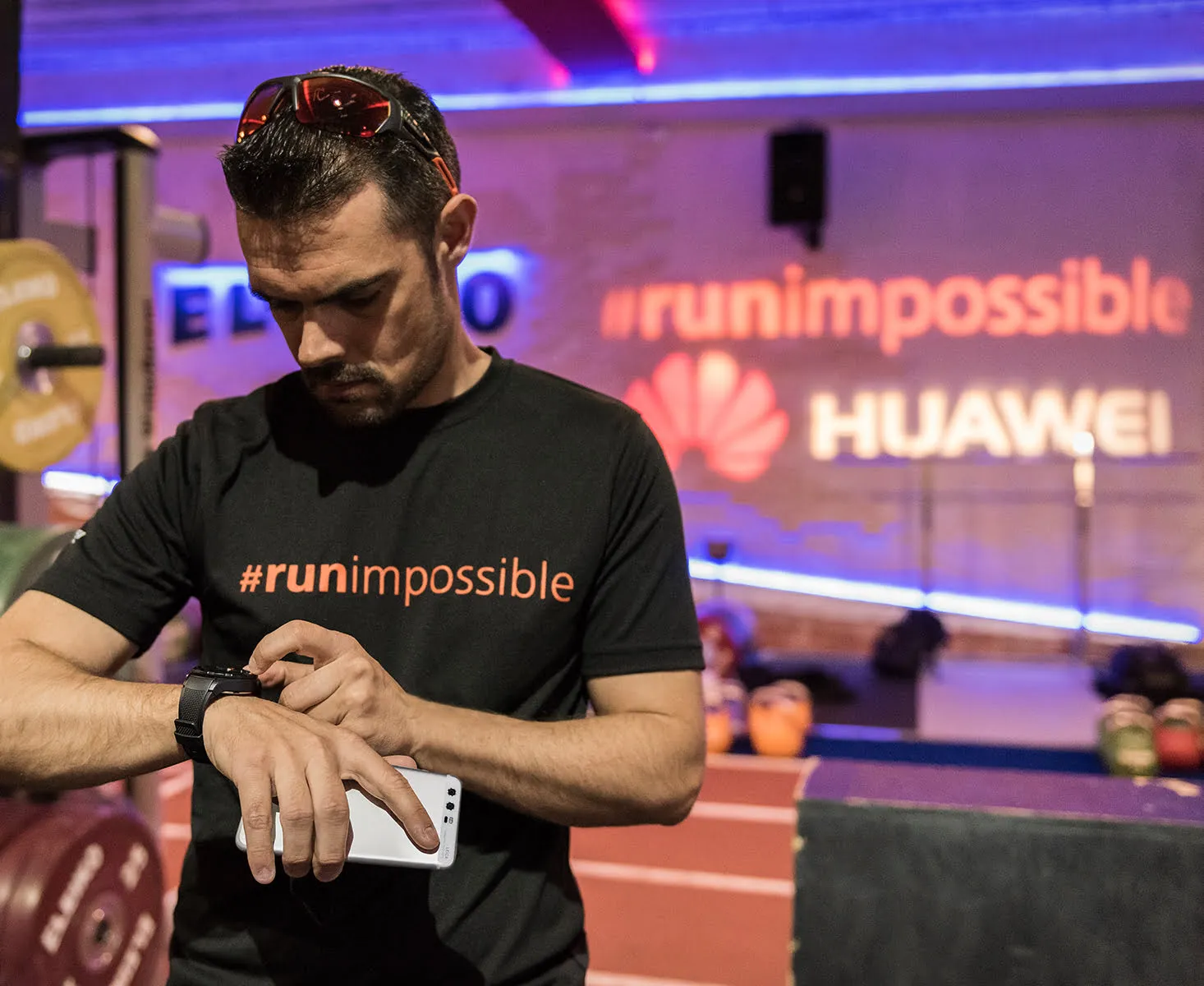War, what’s it good for?
From Donald Trump’s perspective, a trade war is good for protecting US-based businesses from international competition. According to the administration, the allegedly-slowing battle has been in an effort to support American tech companies and keep intellectual property safe from Chinese competitors. However, many businesses have been concerned about their ability to thrive, or in some cases survive, an isolationist economic policy.
While tariffs are intended to punish countries and political regimes, it is private companies and consumers that foot the bill. Even global powerhouses aren’t safe from the collateral damage that results from a trade war. Just a few weeks ago Constellation Brands Inc., the alcohol giant behind Modelo and Corona, saw shares drop as much as 8.6% – to $171.27 – after Trump threatened to put tariffs of 25% on goods imported into the U.S. from Mexico.
Economic isolationism has also shaken footwear manufacturers. In an open letter signed by 173 manufacturers including Nike, Adidas, Converse, Clarks, and Doc Martens, the brands suggested that tariffs would affect consumers the most.
The letter explained that “while U.S. tariffs on all consumer goods average just 1.9 percent, they average 11.3 percent for footwear and reach rates as high as 67.5 percent. Adding a 25 percent increase on top of these tariffs would mean some working American families could pay a nearly 100 percent duty on their shoes. This is unfathomable.”
How brand equity is shielding brands from attack
Whether a brand’s livelihood is threatened by political tactics or attack campaigns from the competition, having a deep cache of brand equity can help shield companies from disruptive influences outside of their control.
When government policy becomes a problem
Disruption of any sort is rarely a friend of the status quo. While many brands are seeing adverse effects of protectionist economic policy, some have gained ground. No brand exemplifies this more than Ford, the American automobile icon. Ford stocks have gone up over 35% in 2019.
At first glance, the increase is surprising given that Ford has relied heavily on Chinese steel in the past, but with a closer look it is clear that consumers are still willing to pay for what they see as a brand they trust. Customers know that Ford has a legendary lineage in the automobile industry, occupying its own unique space in history.
Ever since the Model T Ford was released at the start of the 20th century, the company has been one of the world’s leading automobile manufacturers. The company has, in part, built its brand equity by branding itself as an American-made household name. And while the company built a solid foundation of brand equity early, with Henry Ford’s singular focus on bringing an affordable automobile to the masses, Ford has invested in a modern marketing approach that resonates with today’s consumers. The company has embraced brand activation, using technology like augmented reality to keep consumers engaged and invested in the brand. From auto shows to sponsorships, Ford has successfully used brand experiences to build its fan base – one that seems willing to pay a bit more for their products if they have to.
Fielding attacks from all sides
In the world of smartphones, in the US there are two undisputed heavy-weights: Apple and Samsung. And, in what has become as American as apple pie, the two competitors bar no holds when it comes to battling each other. Most famously is what has become Apple’s billion dollar lawsuit against it’s foe, “claiming that 22 more Samsung products ripped off Apple.” According to Vanity Fair, “Two juries have found that Samsung did indeed plot to steal the iPhone’s appearance and technology, which is why a California jury, in 2012, awarded Apple more than a billion dollars in damages from Samsung (reduced to $890 million in late 2013 after the judge found that some of the calculations were faulty).” But the article goes on to say that even “as the litigation drags on, Samsung has grabbed an increasing share of the market (currently 31 percent versus Apple’s 15.6 percent).” So what gives?
While some of Samsung’s success is product-related, Samsung has played it smart when it comes to preserving brand equity for its master brand. From home appliances to VR technology, the brand is visible throughout consumers lives. However, Samsung also reinforces its brand via strategic partnerships, such as last year’s alignment with L’Oreal. Other Samsung partnerships include the International Olympic Committee, Marvel Entertainment, and a highly-acclaimed video project with Photographer Sophie Gamand that enjoyed 12 million views – on Facebook alone.
Despite the lawsuits and even in the wake of backlash related to the Note 7 “fire crisis,” Samsung has continued to soldier on, no doubt due to its brand equity surplus that was built well before the storm.
Strategic elements that build brand equity
Brand equity isn’t something you can manifest – like all types of equity, it is built, carefully, over time. And many brands struggle to implement strategies that secure their place in the hearts and minds of consumers that will last over the long term. We know that relying on traditional media won’t get you there. We know that consumers value brands that are more human than they are entity.
To thrive under the always-changing conditions of our current marketplace, in both good times and bad, your brand needs to connect with people in meaningful ways. It isn’t enough to offer a solid product; you need to provide a brand that provides value outside of the brand’s primary value prop. Strategies that include product perks, loyalty programs, and strategic partnerships with other brands often pay off tremendously, and allow brands to boost their own brand love alongside that of their partner’s. It also doesn’t hurt to tap in to the other’s existing fan base.
Further, brands with the most equity are often always bolstered by a grander purpose. Identify who you are, why your brand exists, and then prove it via cause-driven marketing. And you don’t have to take on the biggest social hot-buttons a la Nike. From free speech to freeing Leonard Peltier, use your purpose to build a community around your brand, then watch the equity grow.
While instability can be alarming, it can serve serve as a wake-up call. An opportunity. Because when your brand is focused on building equity the right way, you can be confident that you are better able to ride out the next storm.







